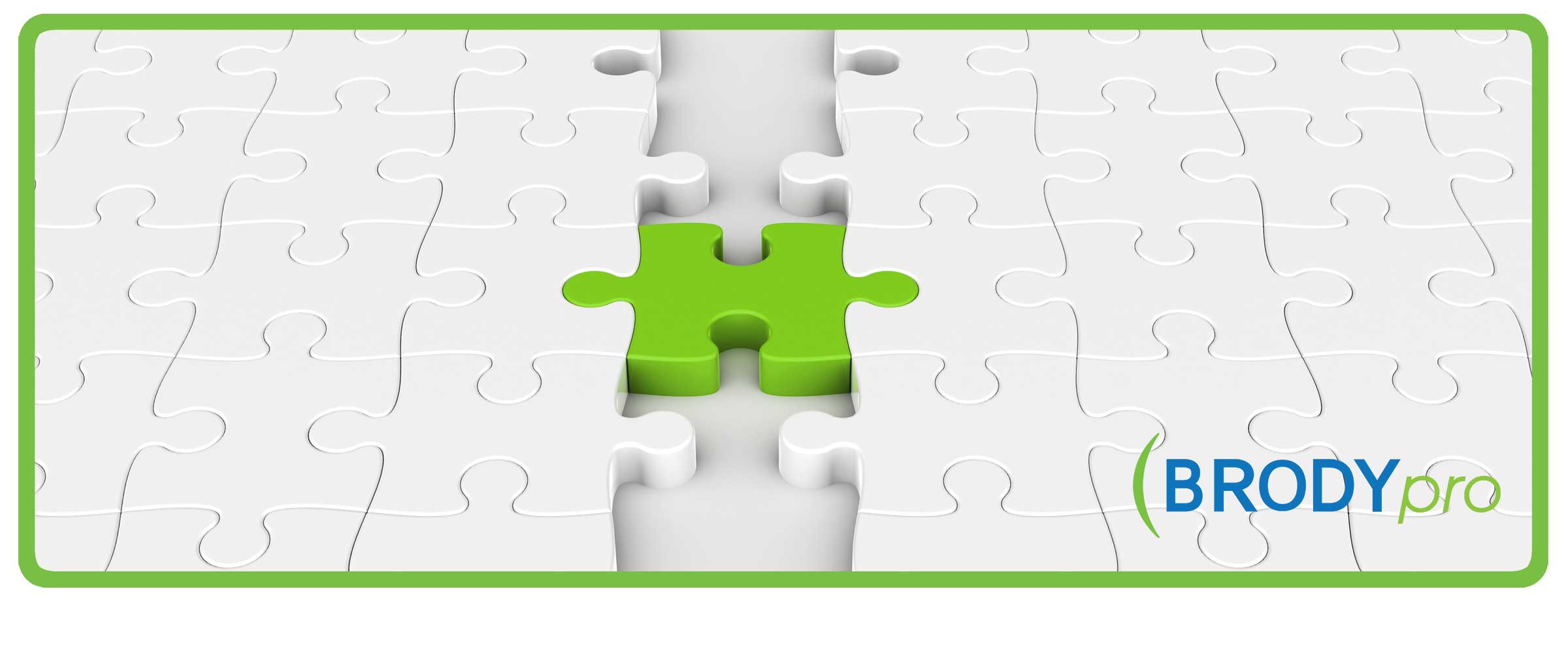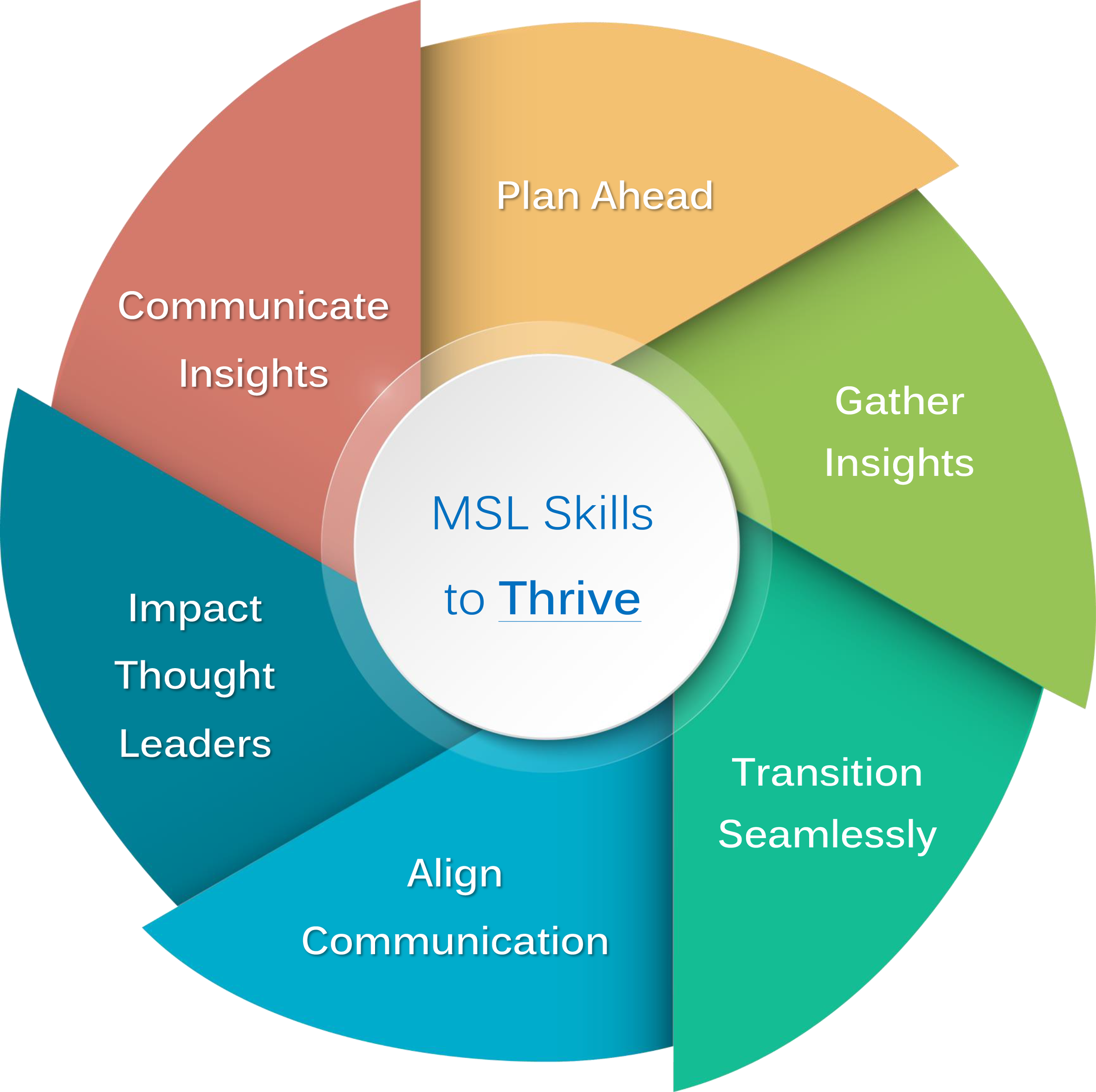
How to Seamlessly Transition to Core Messaging with KOLs
When interacting with KOLs, it’s important to prioritize their questions and address their concerns.
As mentioned in the last blog article, active listening plays a huge part in successful KOL meetings.
But as your conversation progresses, be careful to not lose the focus of your core message.
There might be moments during the conversation where things feel off track. While this is normal, you can lead the conversation back to the core message through effective transitioning skills. As an MSL, this is an important communication skill to develop.
So, how do you get the conversation back to where it needs to be? And how do you do it without making the conversation feel awkward?
By following the best practices below, you’ll be able to transition any KOL conversation back to the core message.
1. Anticipate Their Questions.
While it’s impossible to know exactly what KOLs will ask during an exchange, you can prepare for likely questions. Some teams have a common platform to track questions that come up in the field from KOLs. When the team identifies a trend, they can send these on to request official content for responding. If you don’t use a shared resource like this, you can ask peers what questions have come with their KOLs and how they handled those questions.
You can also anticipate questions by making two lists before you meet:
- Questions you want to be asked
- Questions you DON’T want to be asked
Prepare responses to both sets of questions. This preparation will help prevent you from being caught off guard.
Instead, you can calmly respond, “That’s a great question. I’m going to look into that and get back to you.” From there, you can transition the conversation back to the main focus of your meeting.
Likewise, if the KOL asks a question you want to be asked, you’ll be prepared with a polished response that reinforces your main points.
2. Prepare for Objections.
When KOLs have an objection, it’s easy for the conversation to derail. Keep the exchange on track by planning your responses to potential objections in advance.
For example, how will you respond differently to a scientific objection as opposed to an objection about cost or population management?
Use this simple method to guide the conversation when a KOL raises a concern.
- Acknowledge the concern, i.e. “I understand …”
- Clarify it, i.e. “Can you tell me more …?” Clarifying also enables you to understand why an HCP thinks what they do – which can lead to valuable insights.
- Respond to the concern. Give an answer if you have it, or get back to them later if you don’t.
- Confirm that you’re both on the same page before returning to your core message.
Practice with a colleague before you meet with the KOL so that you’re prepared to handle any objections likely to arise.
3. Bridge and Pivot
While you want to be flexible to the needs of the KOL, sometimes it is important to “bridge and pivot” back to the core message – and questions provide a potential opportunity for just that.
A bridge and pivot is a way to transition from the answer you give to the point you want to make. This is a great way to bring the conversation back to where it needs to be.
Here are some helpful bridges to use:
- It’s important to understand that …
- What we do know is … (or, we have learned that …)
- It’s important to point out that …
- That’s not my area of expertise, but what I can tell you is …
- I understand your concern, and here’s what’s really happening …
- Actually …
- The real issue is …
Lead the Conversation
Your success as an MSL isn’t just about increasing the number of meetings. It’s about the quality of the meetings and the depth of the conversations you’re having with KOLs.
Don’t let conversations get off track; lead them back to where they belong. Doing this will result in better relationships, clearer insights, and ultimately, better patient outcomes.
Want more strategies to develop as a Medical Liaison? Check out our next blog for more MSL content or browse through all 6 “MSL Skills to Thrive” below.

You can also contact us to schedule a skills development workshop for your team.
